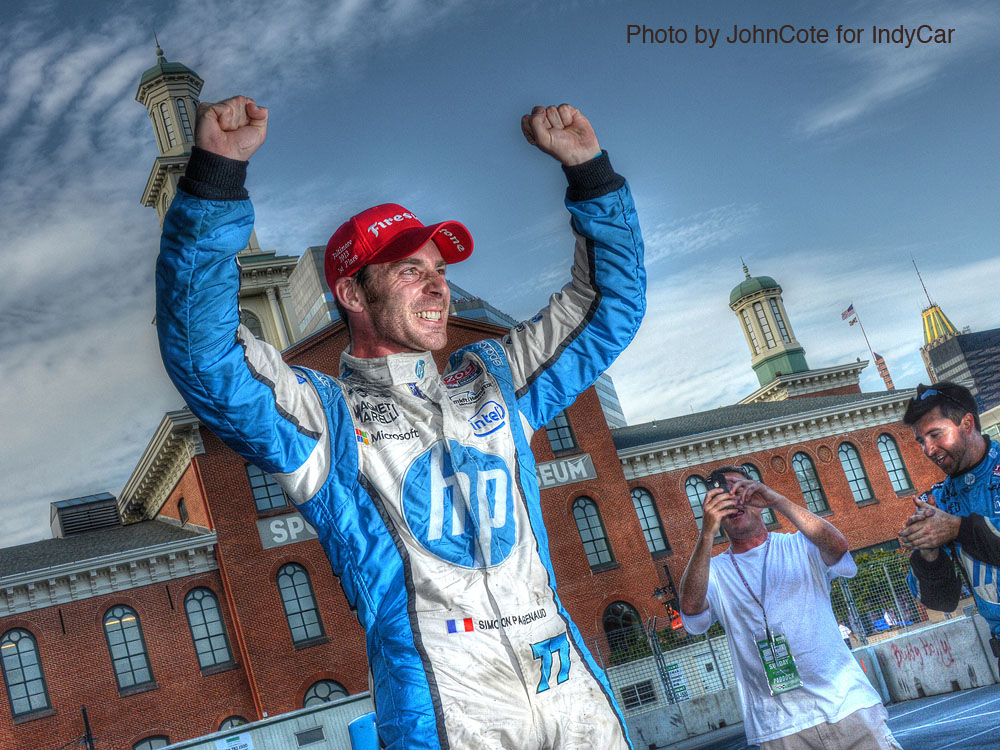| Informational Websites | ChronoMaddox -- the legacy of Chuck Maddox | OnTheDash -- vintage Heuer website | Zowie -- Omega information |
| Discussion Forums | ChronoMaddox Forum | Heuer Forum | Omega Forum |
| Counterfeit Watchers | ChronoTools Forum | ChronoTrader Forum |
|
|
The largest independent, non-commercial, consumer-oriented resource on the Internet for owners, collectors and enthusiasts of fine wristwatches. Online since 1998. | |||||||
|
||||||||
|
||||||||
 |
Vintage Heuer Discussion Forum
The place for discussing 1930-1985 Heuer wristwatches, chronographs and dash-mounted timepieces. Online since May 2003. | ||||||
| |||||||
| |||||||
Francesco,
I like your shot.
HDR is an interesting proposition. I use it from time to time but I have not had much success using it for watches. I use a program called Photomatix. It allows you do two types of HDR, "tone mapping" or "exposure mapping". Both settings utilize multiple shots at bracketed exposures but tone mapping, as it implies builds up the tone along with the extended exposure and exposure mapping builds from the extended exposure range that multiple exposures give you.
Generally I would use HDR in difficult lighting situations to capture more range between shadow and highlight than the camera can capture in one exposure (exposure mapping) or to compensate for drab lighting (tone mapping). I use exposure mapping mostly for architecture especially for interiors in natural lighting and with big windows. Sometimes you can get both the interior of the room and the scene outside. I also use it with exteriors on sunny days where there is harsh shadow and highlight. I have used tone mapping on occasion but I find that it usually gives me an unrealistic tone rendering. Sometimes that is good.
As far as shooting watches is concerned, I have a big advantage over most watch shooters in that I have a huge lighting system with tons of reflectors and light modifiers etc. When I have time and I am not too lazy I can set up the lights so that the range between shadow and highlight on a watch is pretty close to ideal and so that the highlights and shadows fall where I want them to. In this case I do not need HDR. When I am lazy or if I have a difficult piece where I just can't keep a highlight from burning out I have used multiple exposures put together in exposure mapping. It is helpful when shooting movements when you want to see all of the way down into the nooks and crannies. I just don't like it to look like I have done anything too weird with a watch.
Here is an experiment I did with HDR using Tone Mapping in Photomatix the other day for the marketing department at IndyCar. The first shot is basically how the shot came out of the camera. It is exposed about as well as it could be without burning out the highlights in a difficult lighting situation. To get the second shot I made 3 different "exposures" of the same shot in Photoshop and combined them using tone mapping in Photomatix.


JohnCote
| Chronocentric and zOwie site design and contents (c) Copyright 1998-2005, Derek Ziglar; Copyright 2005-2008, Jeffrey M. Stein. All rights reserved. Use of this web site constitutes acceptance of the terms of use. | CONTACT | TERMS OF USE | TRANSLATE |